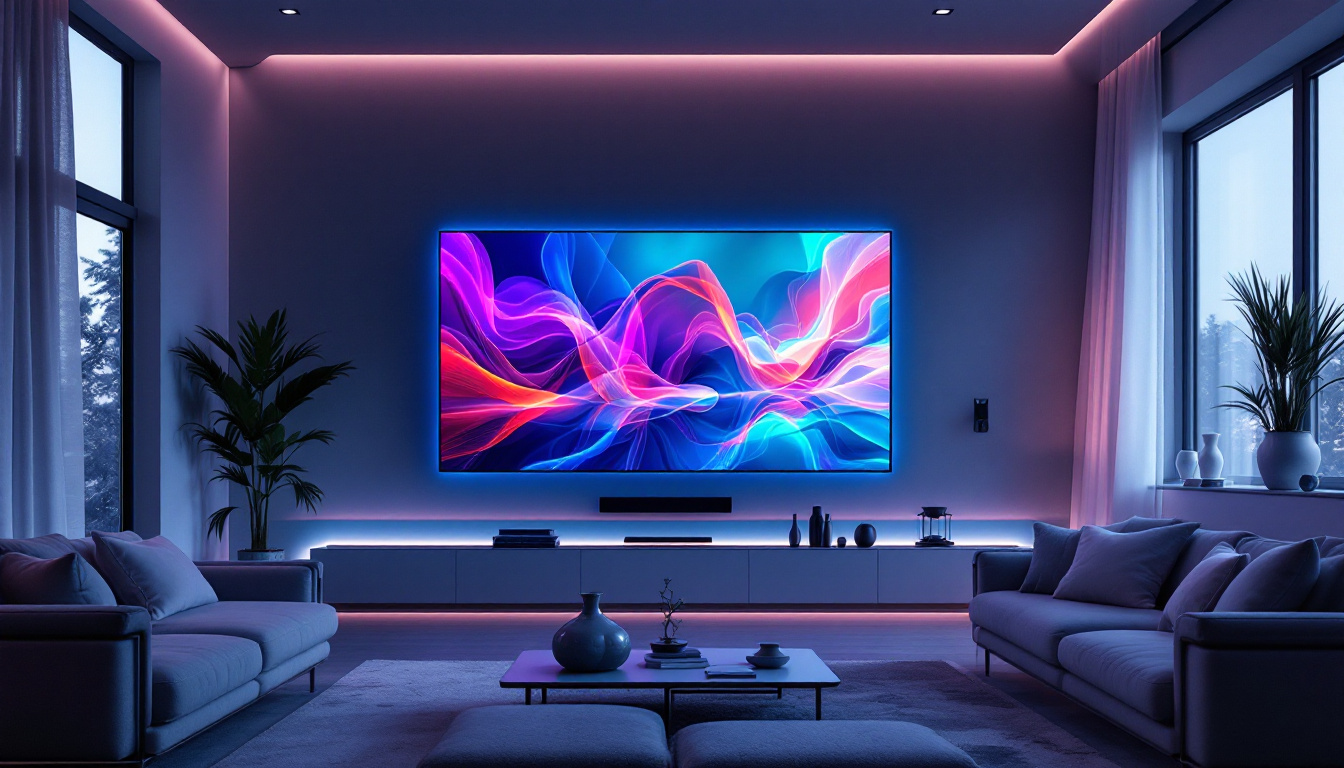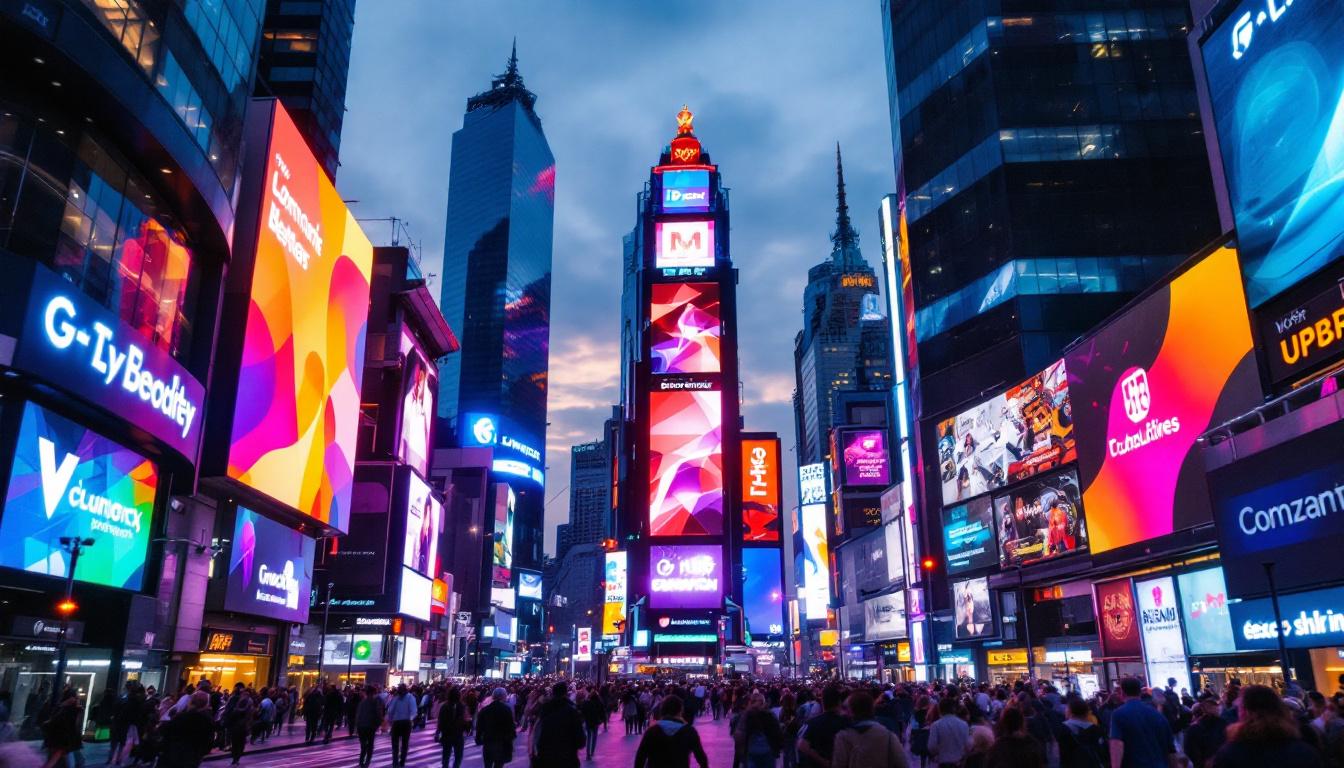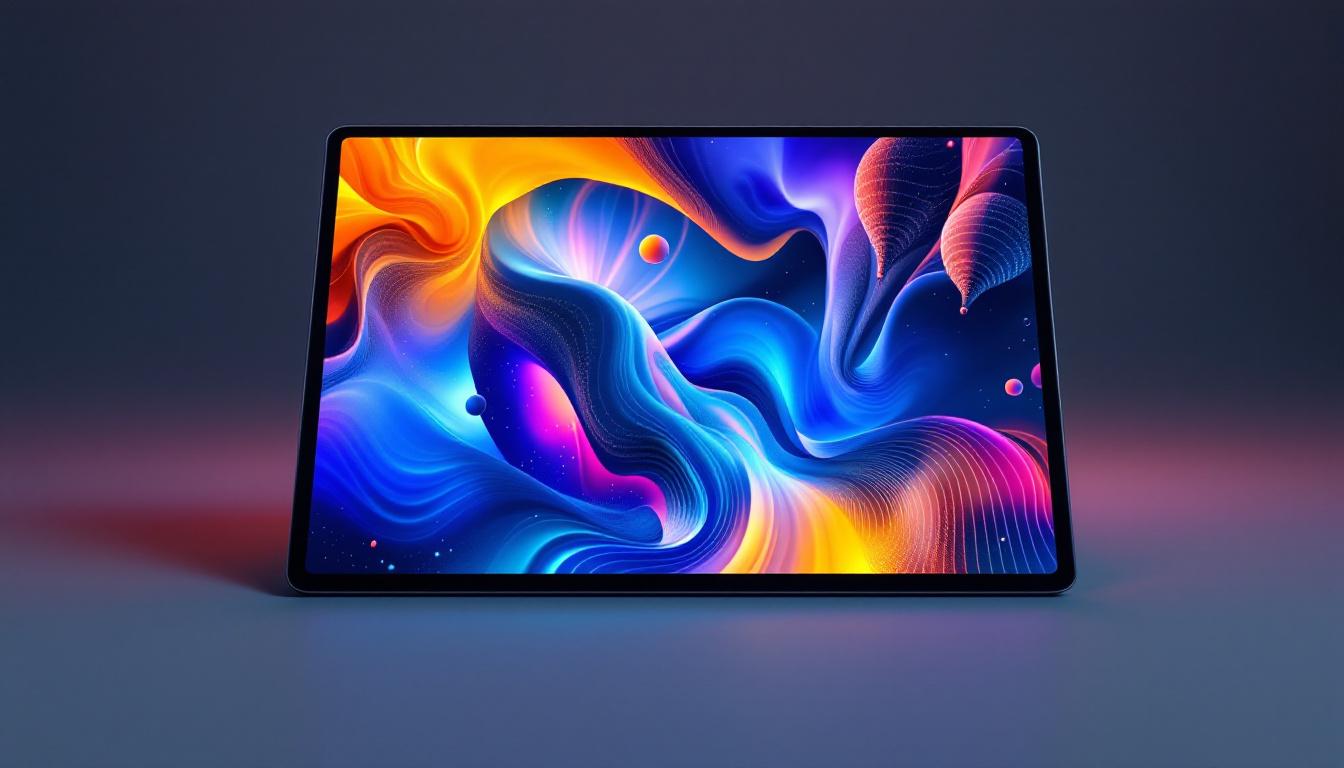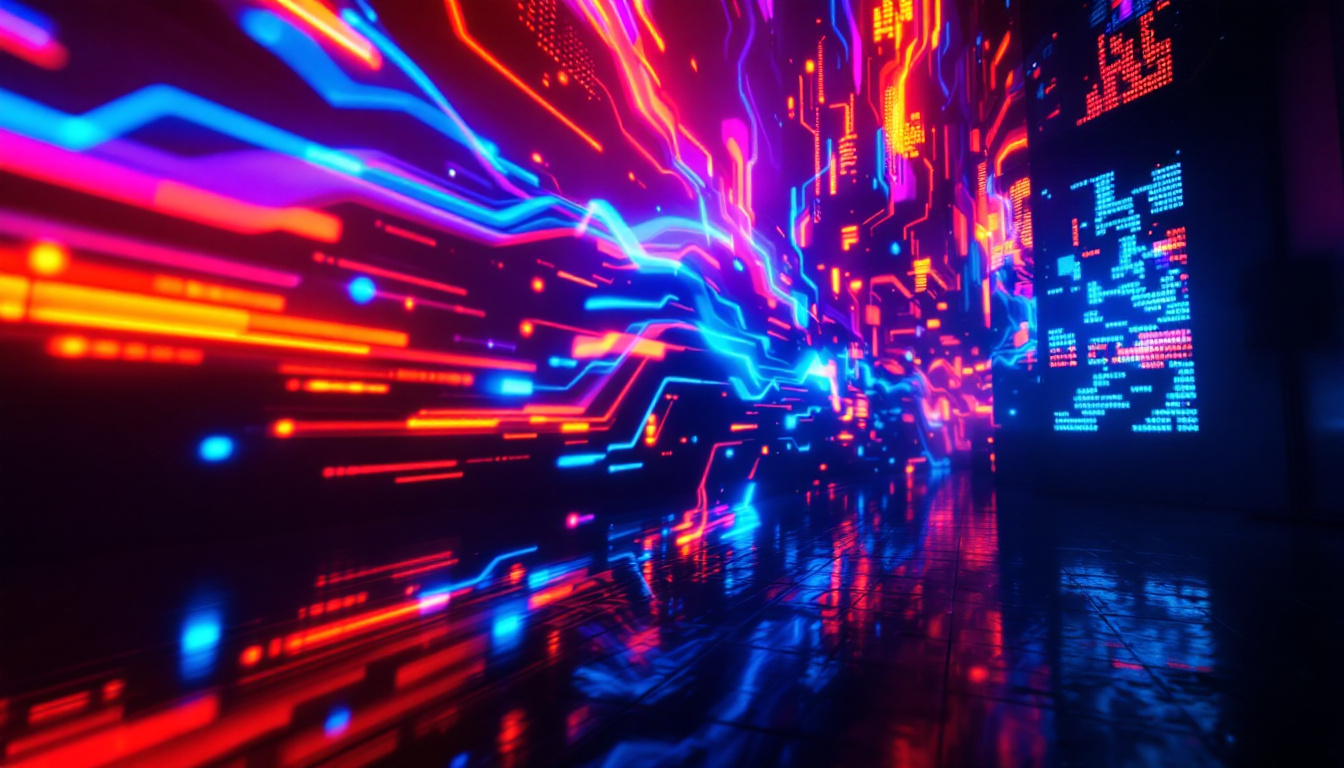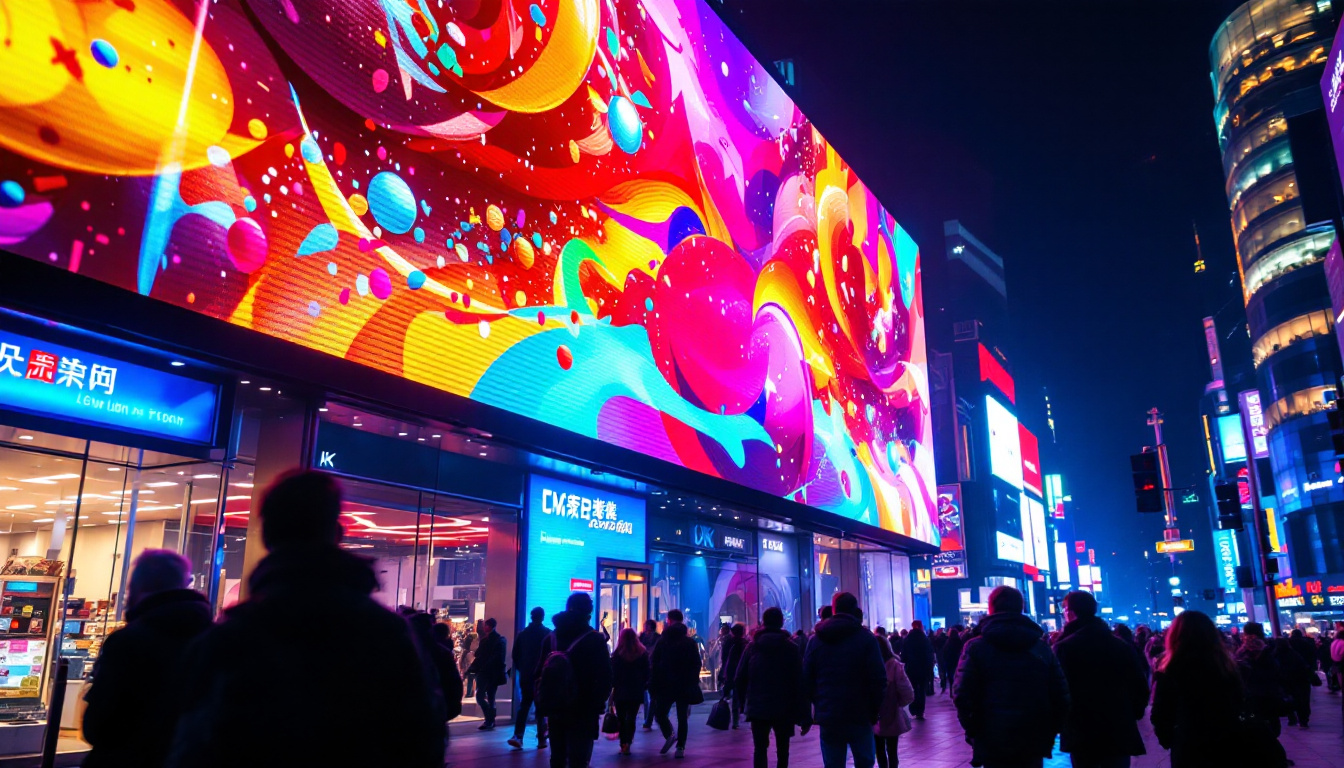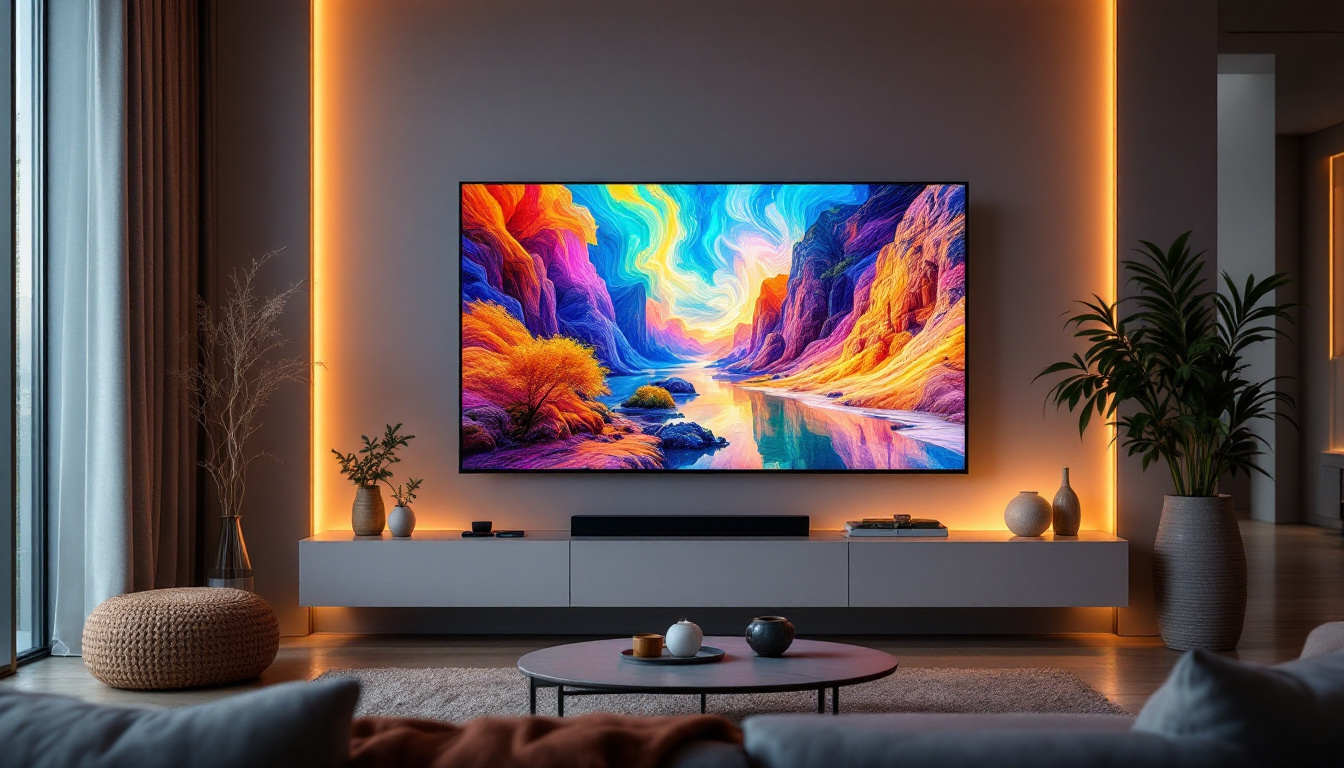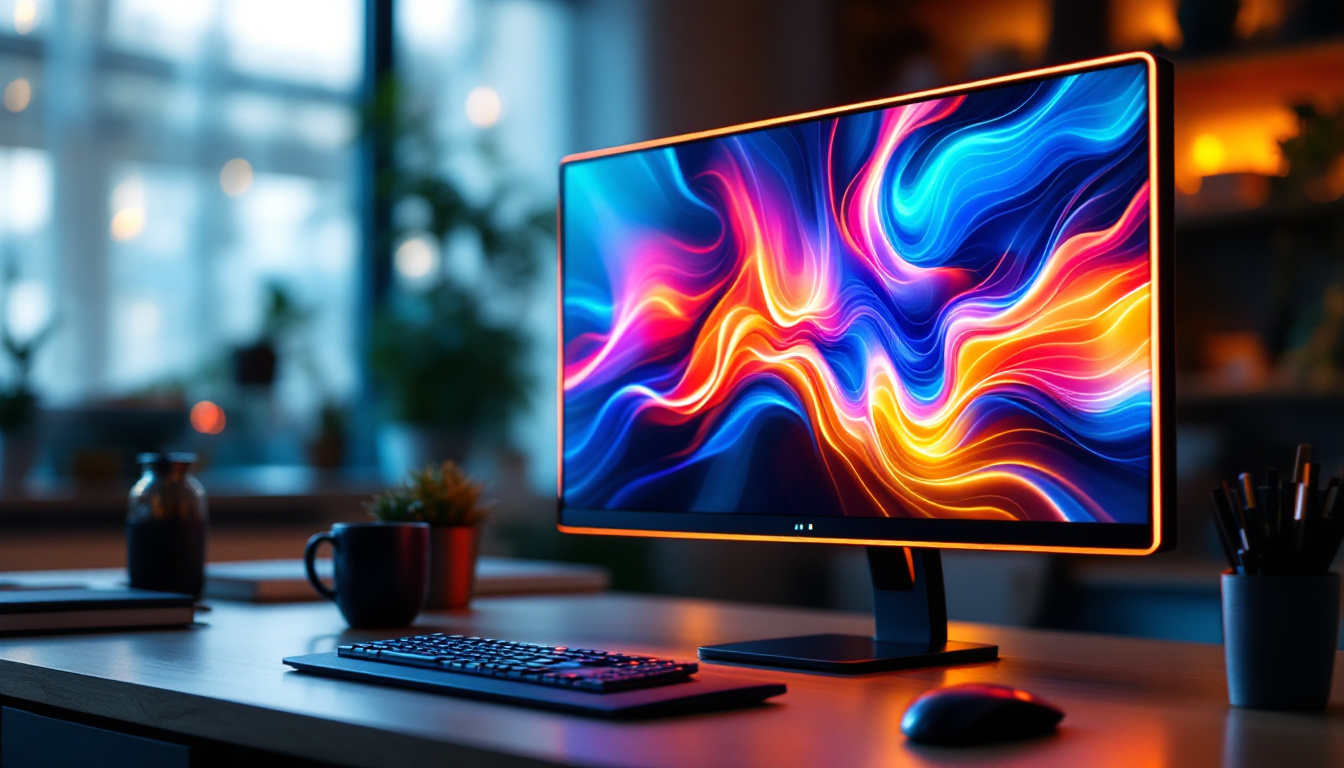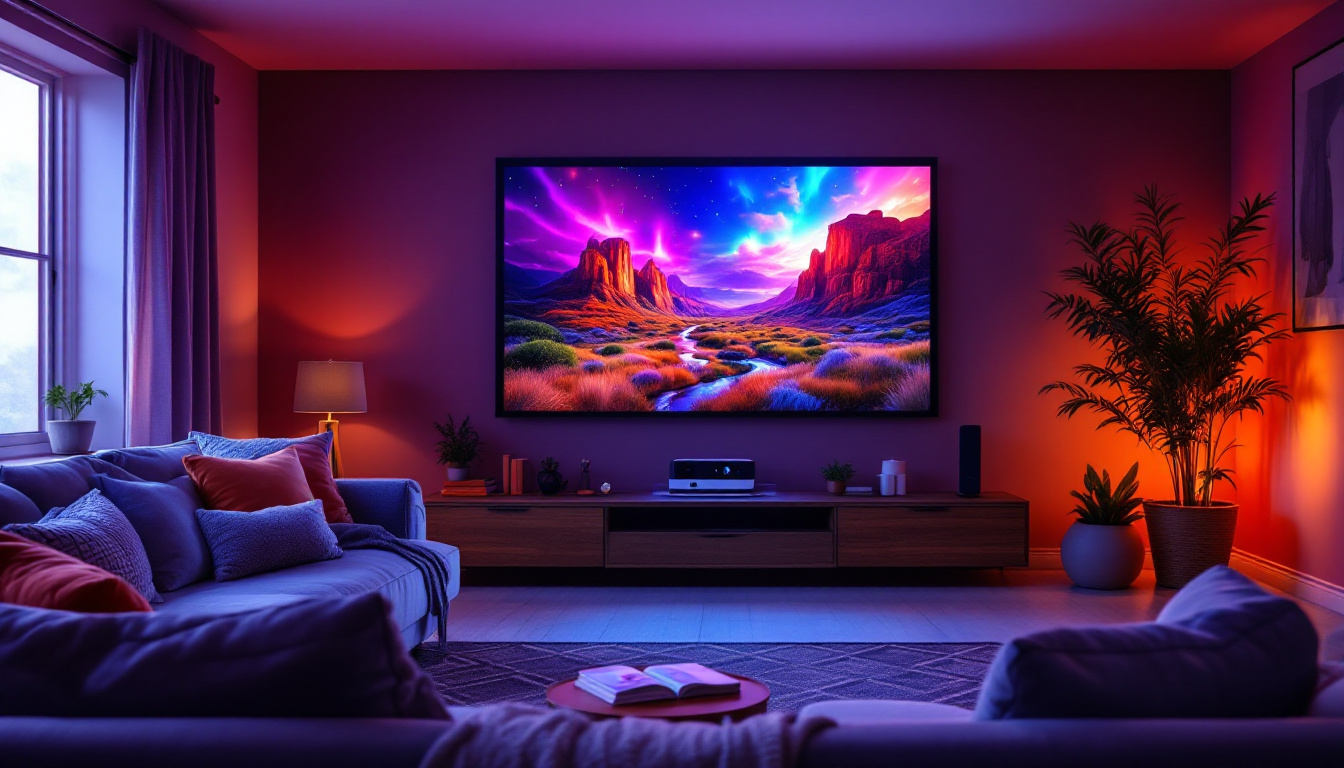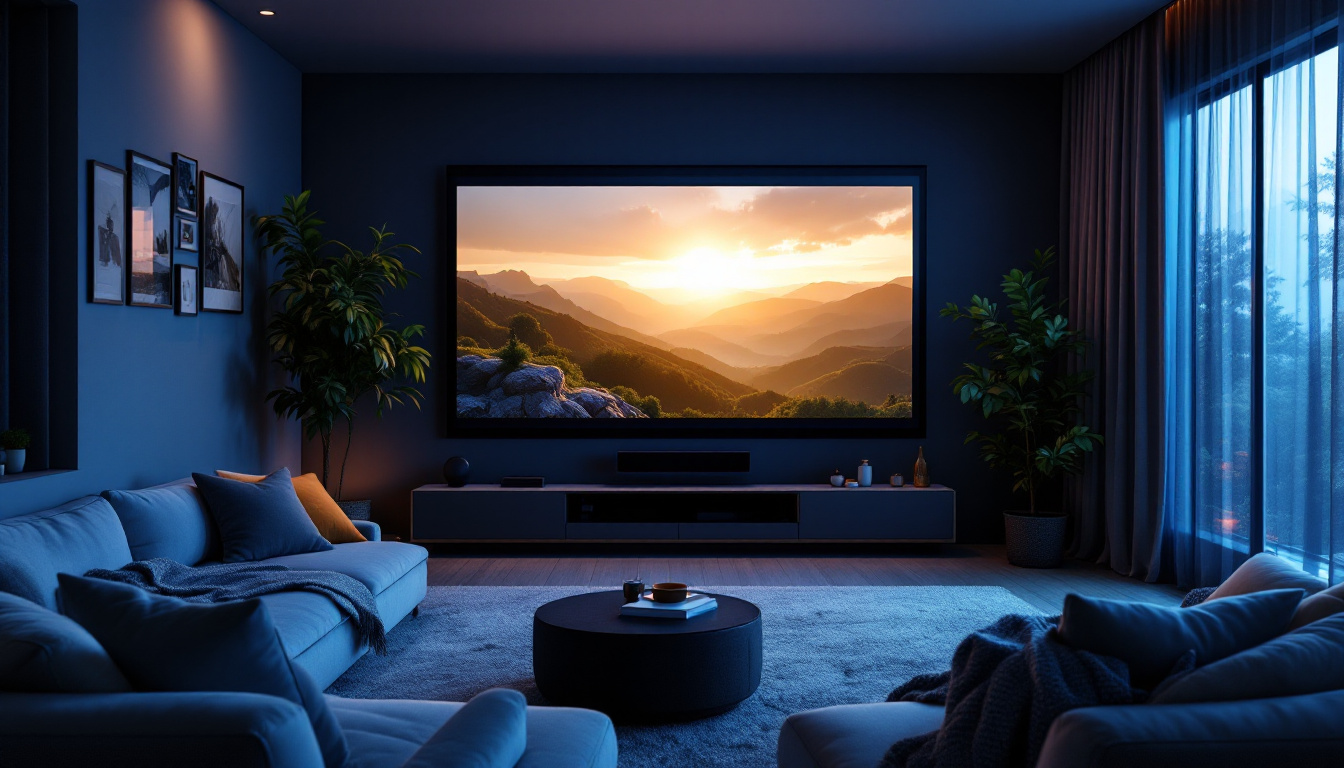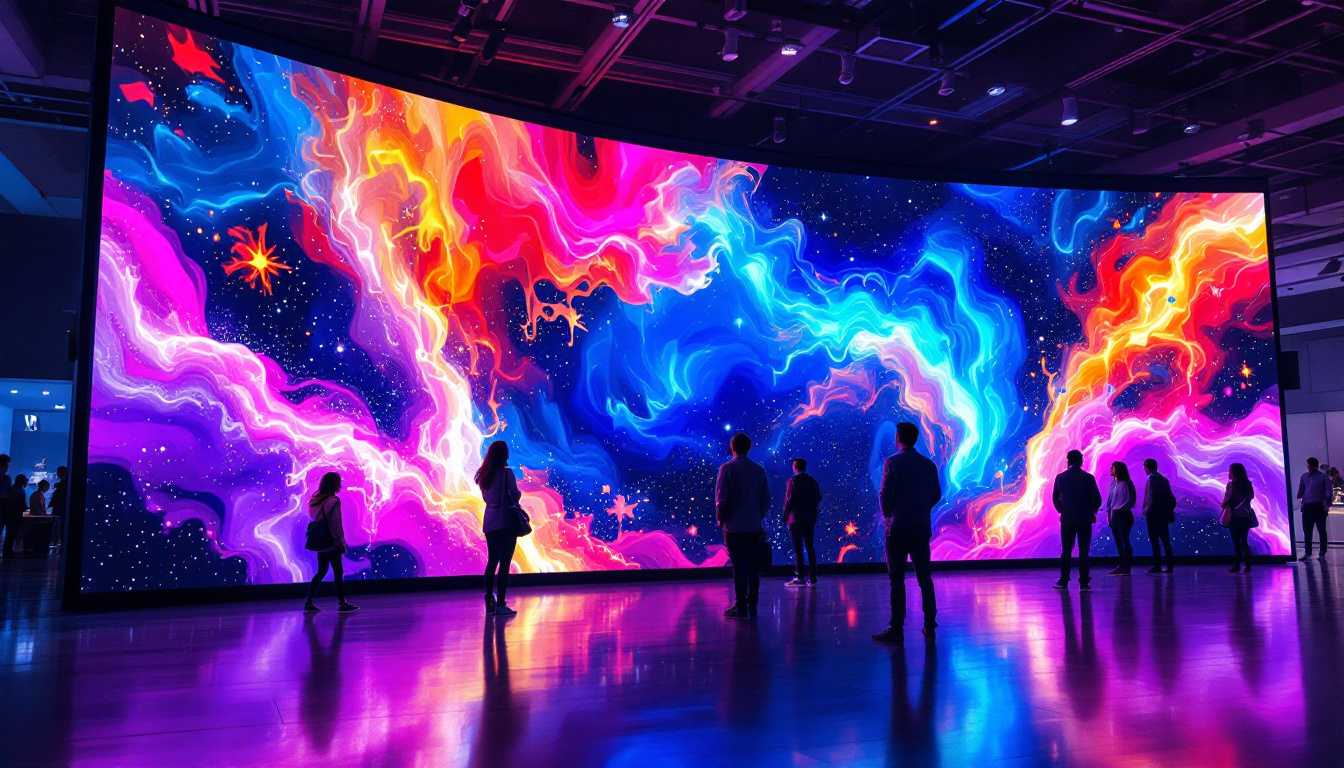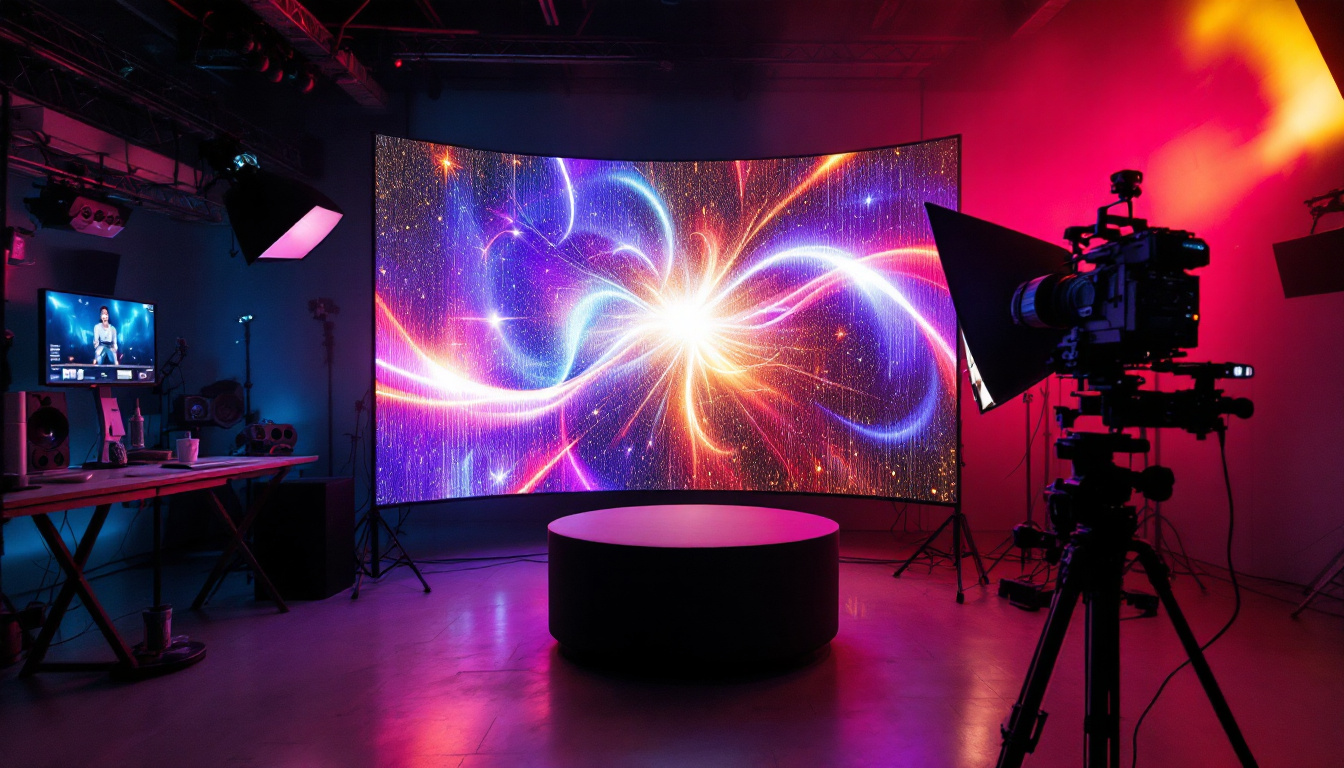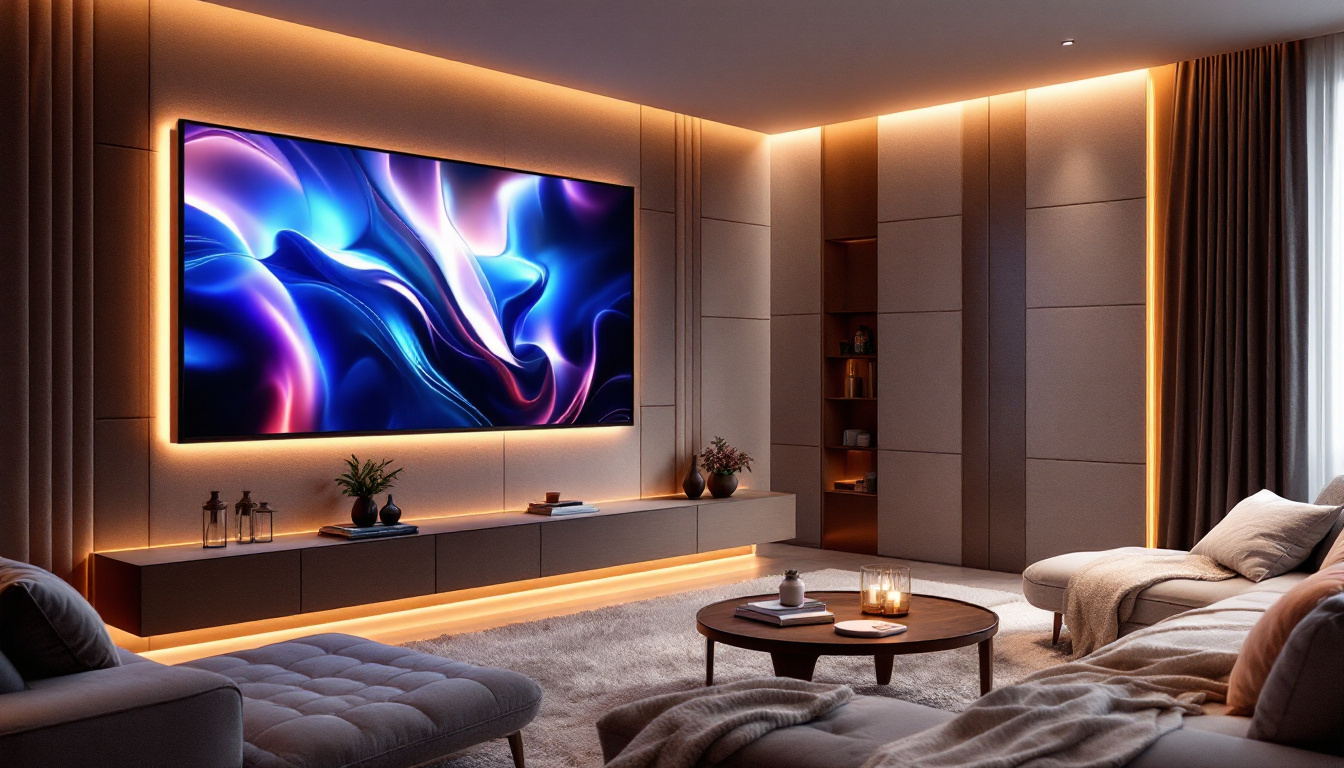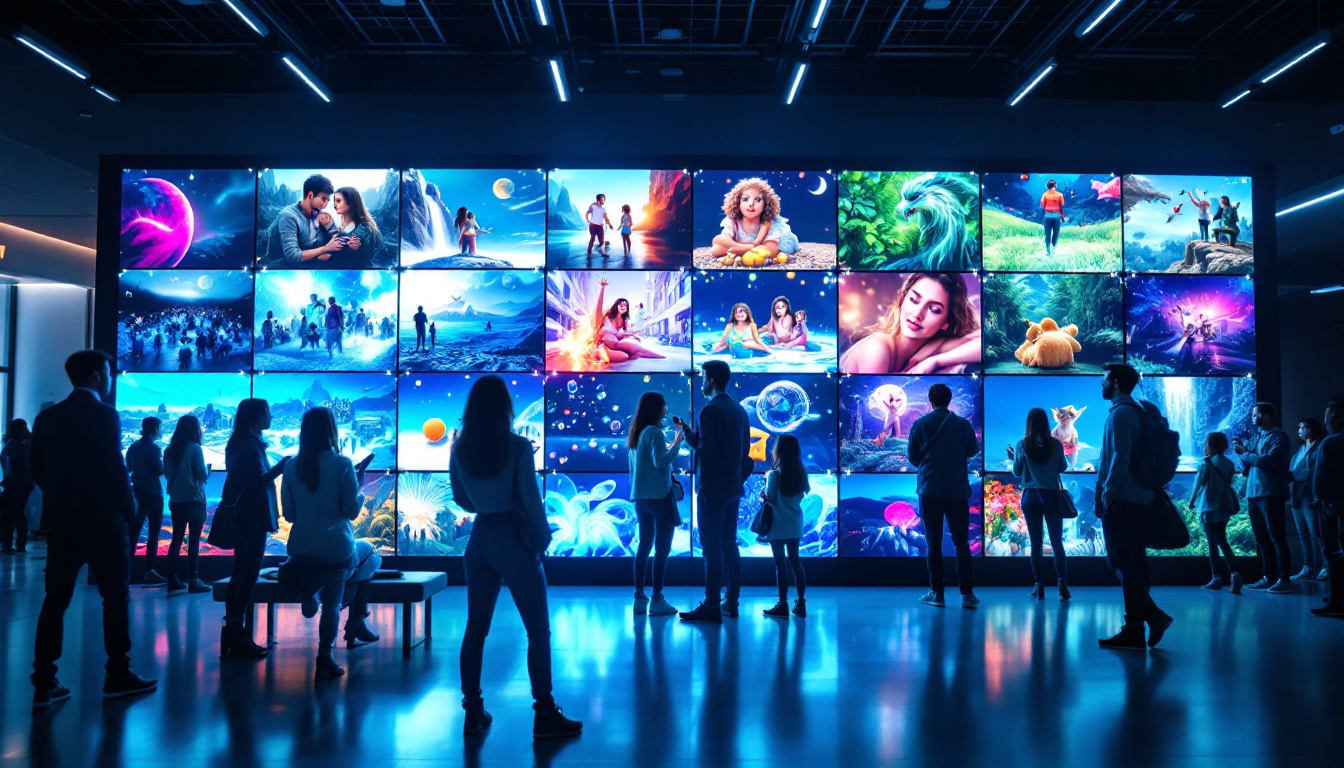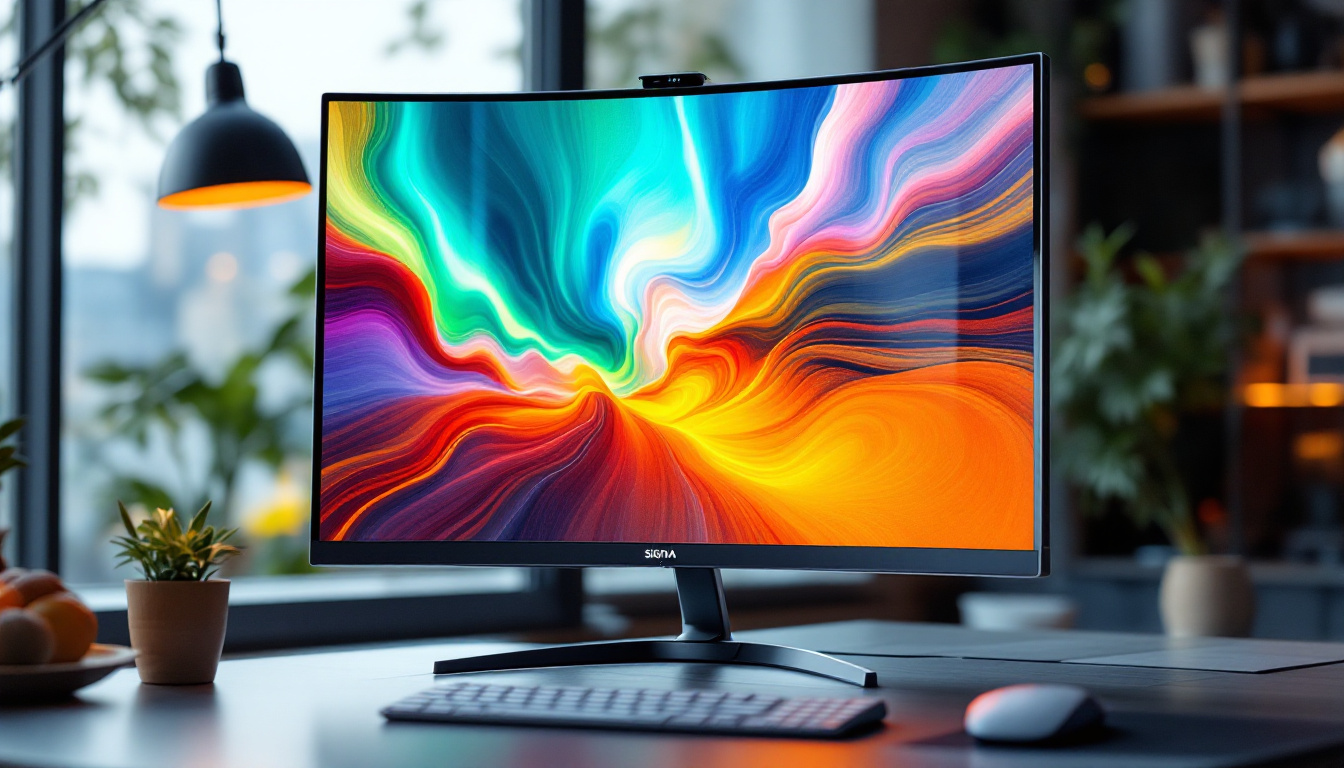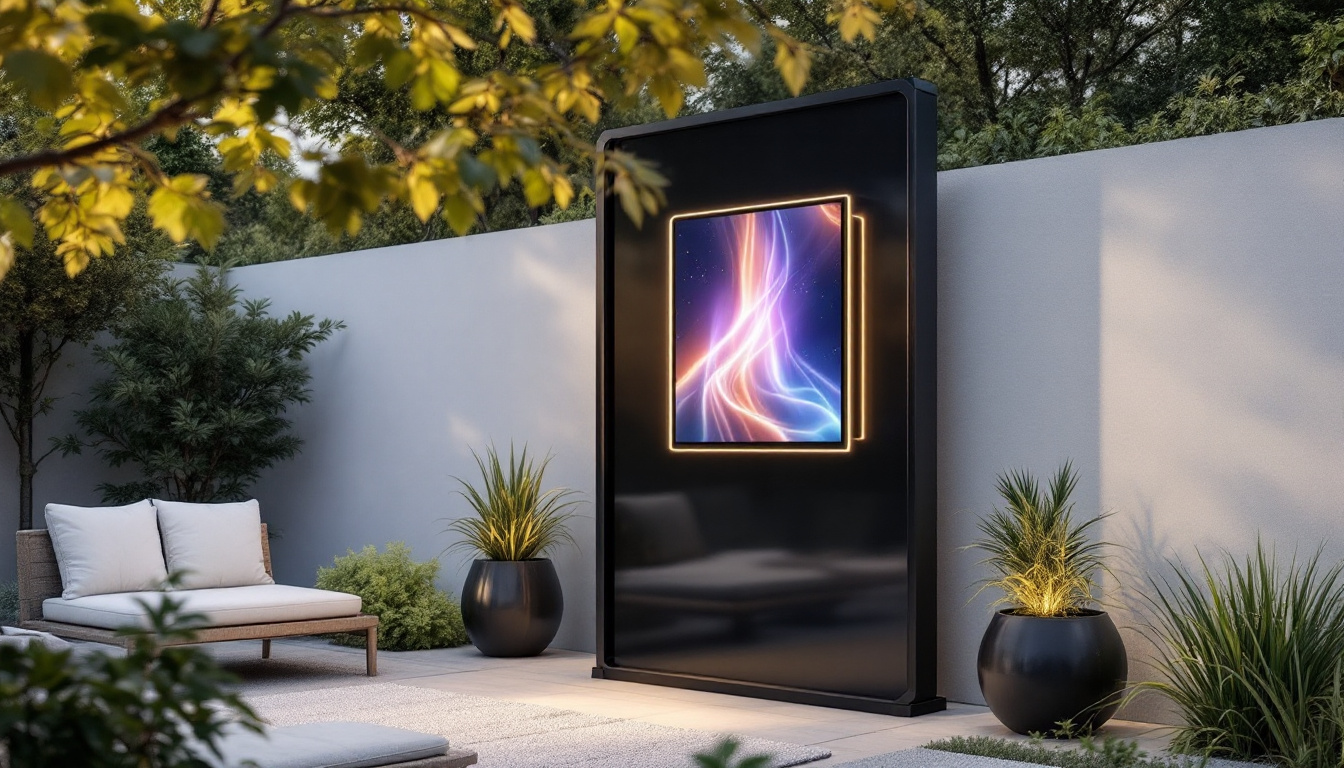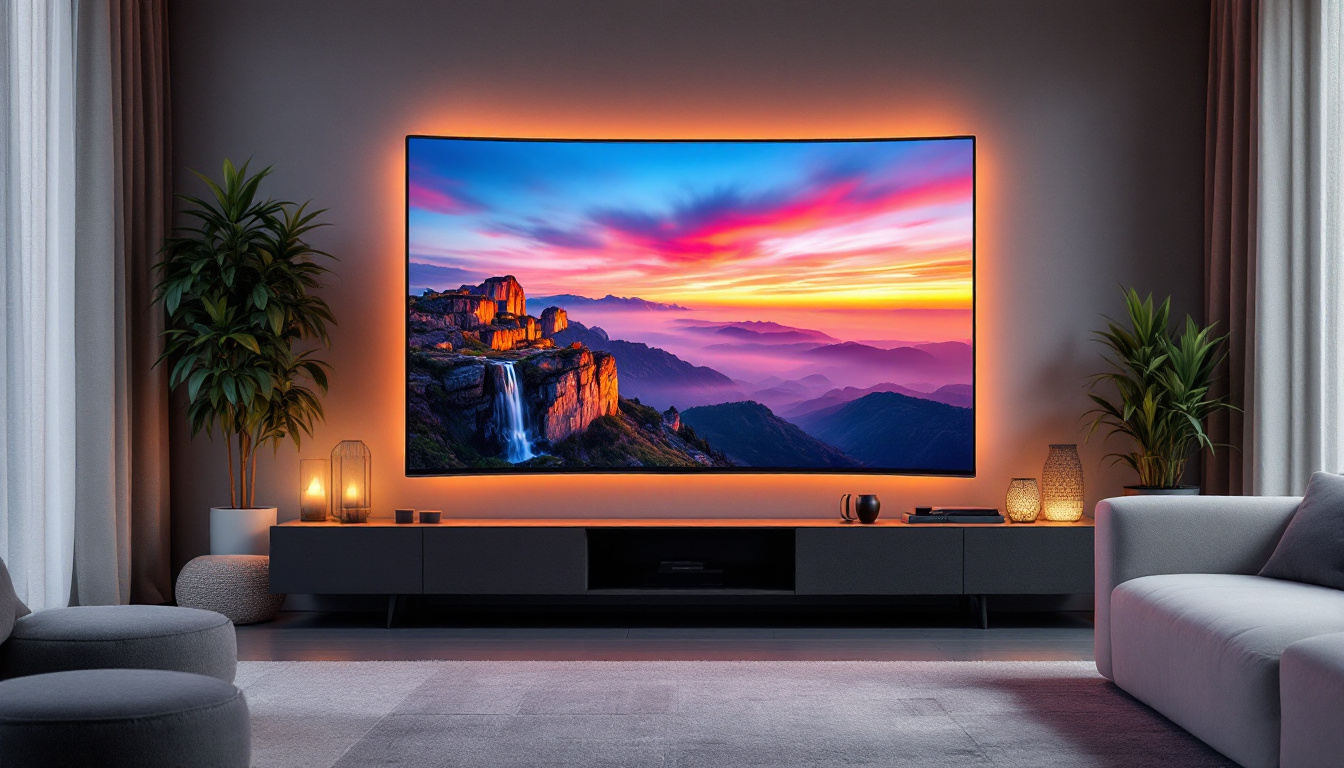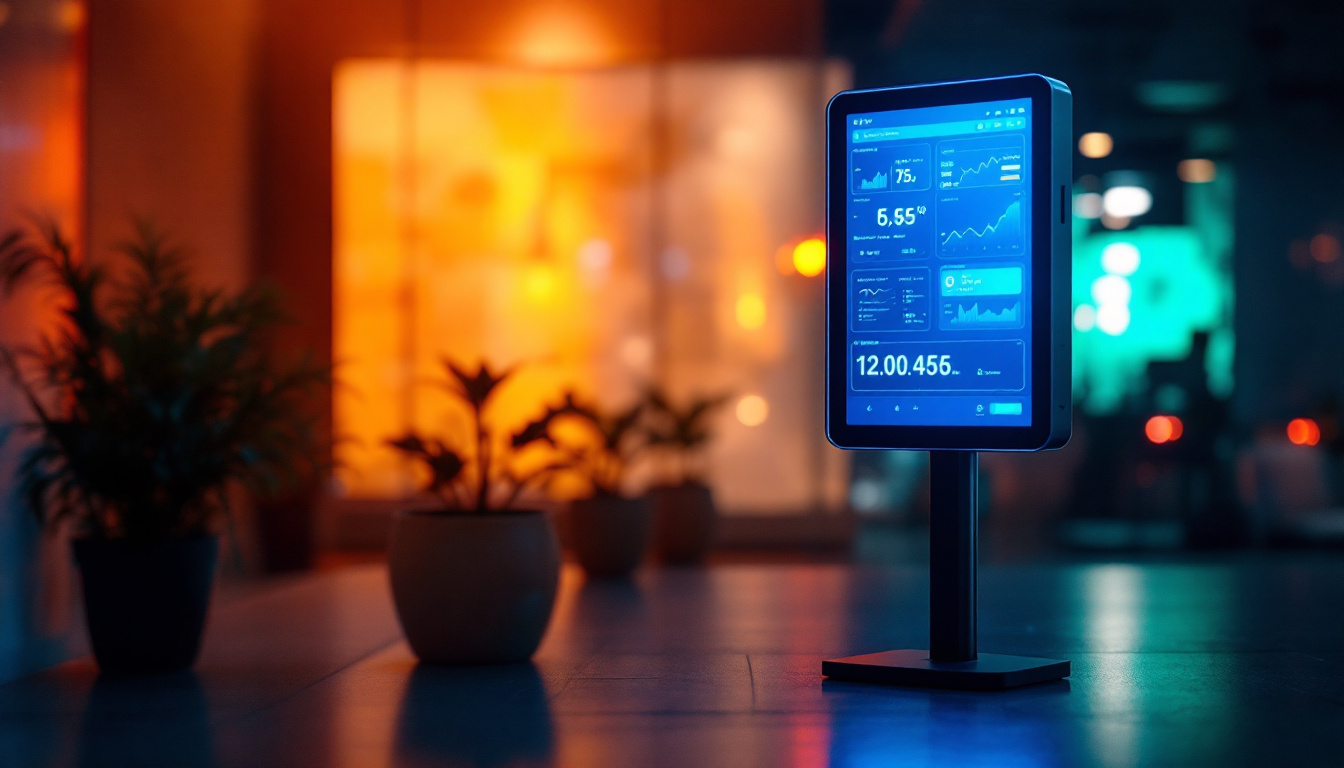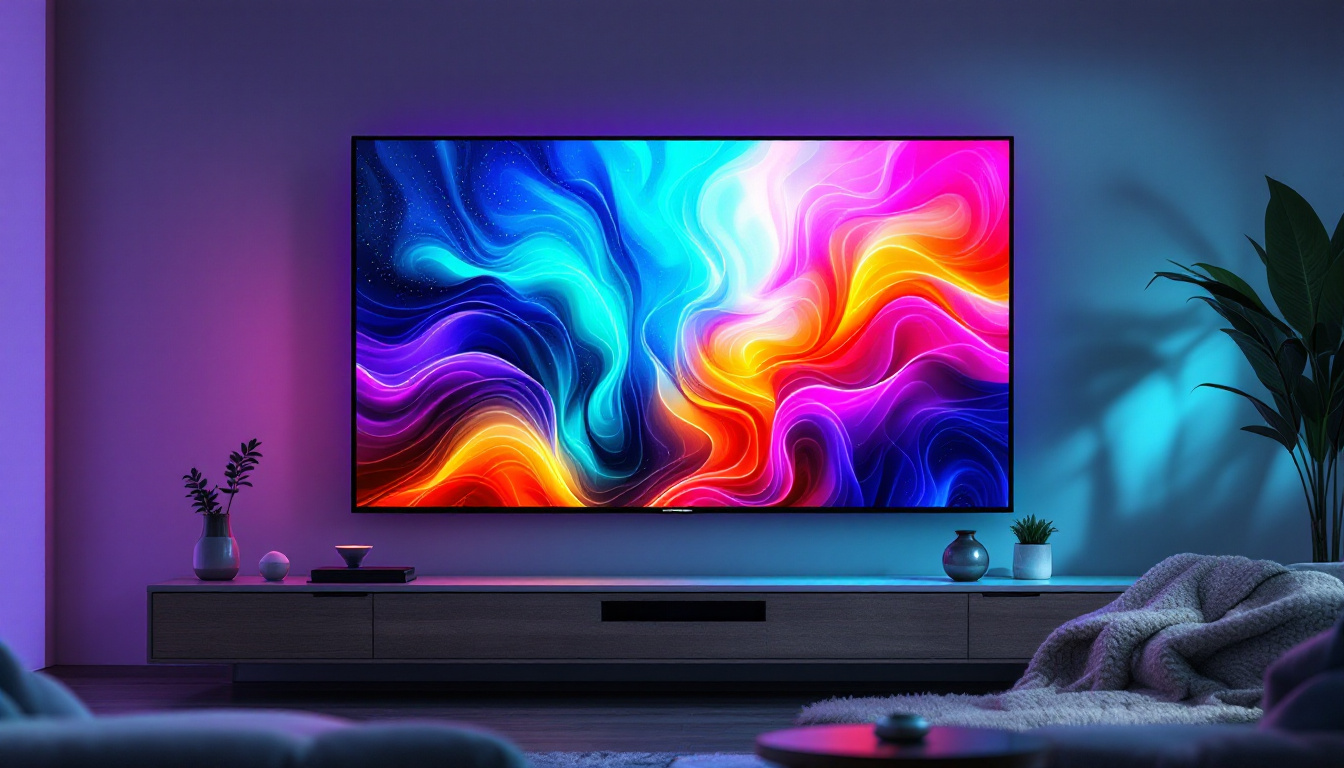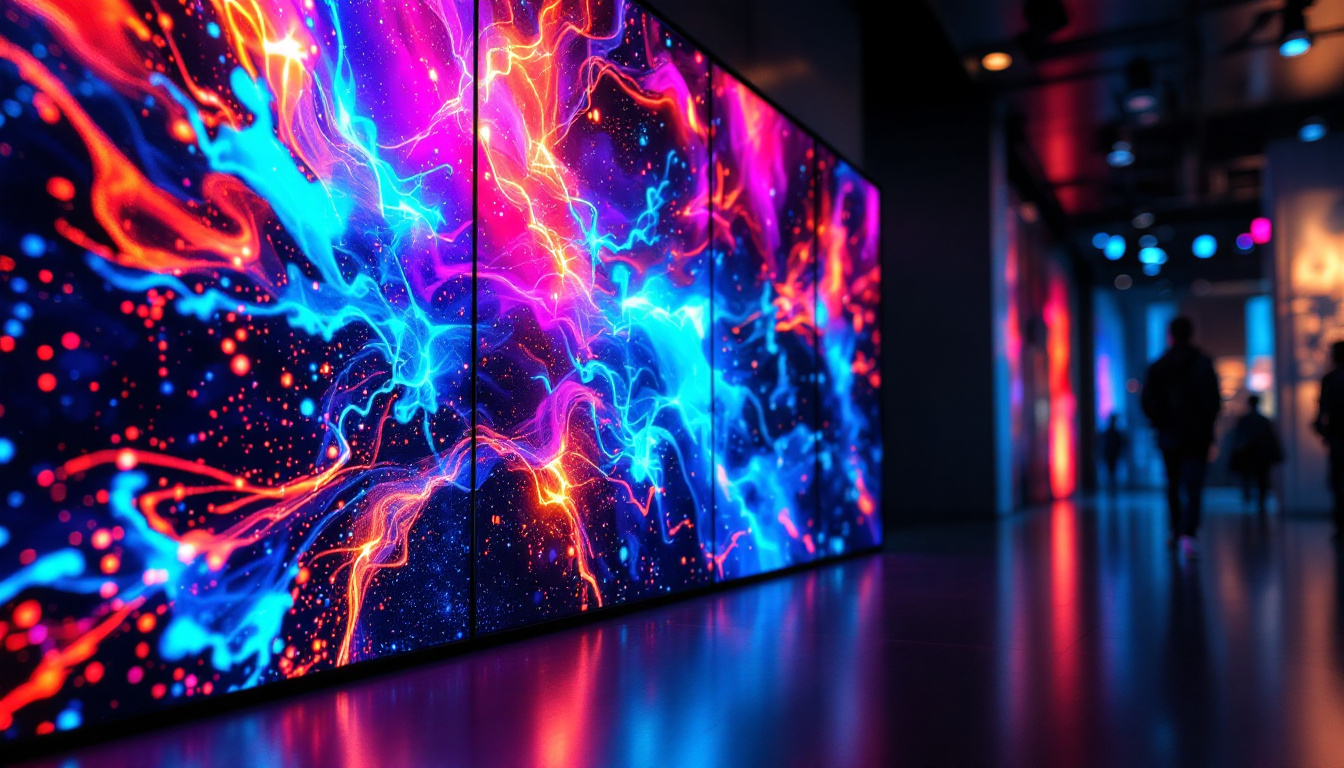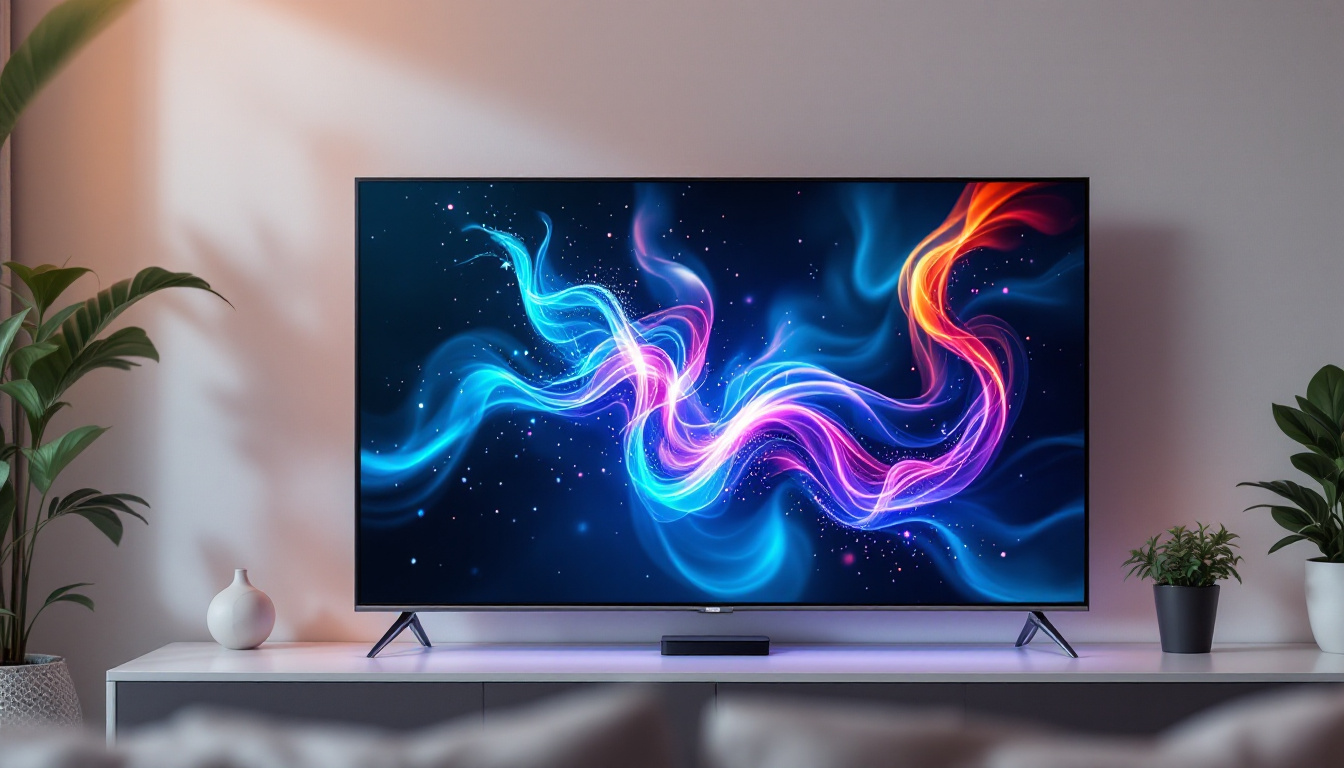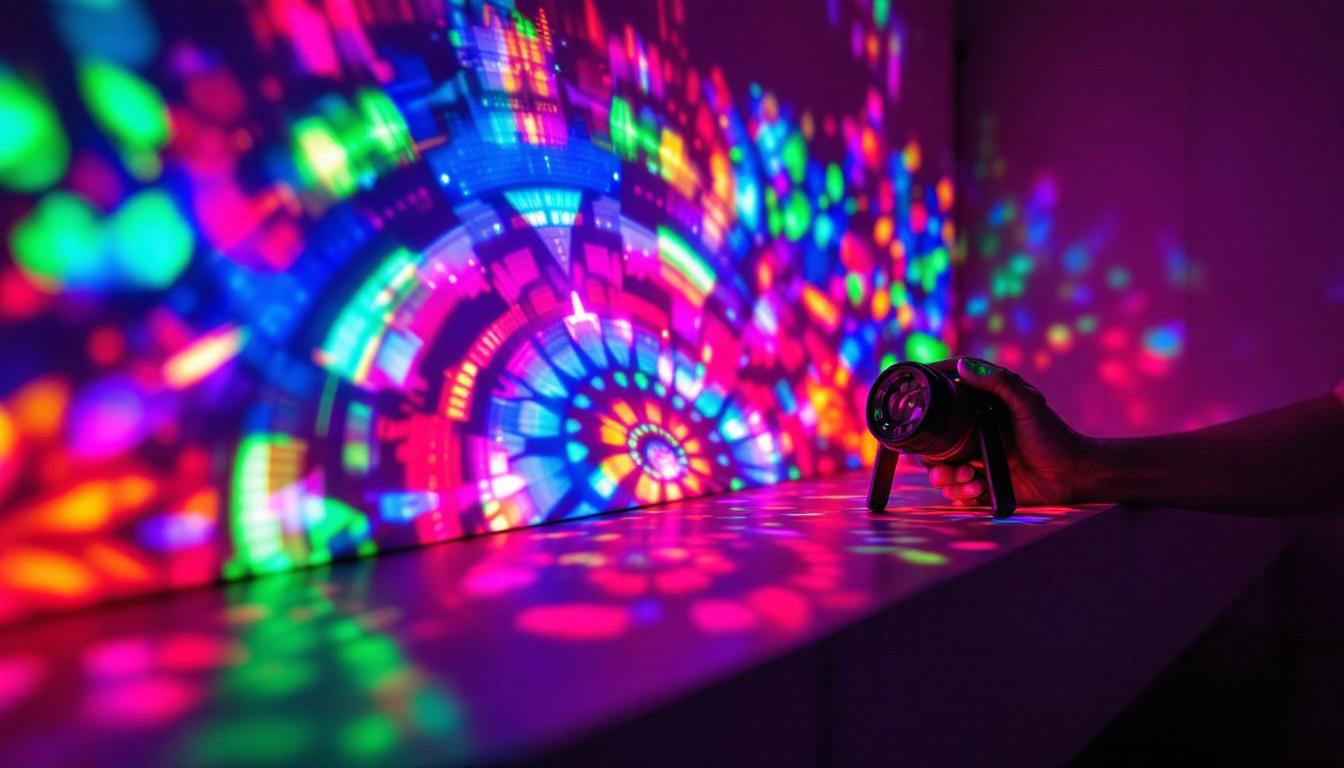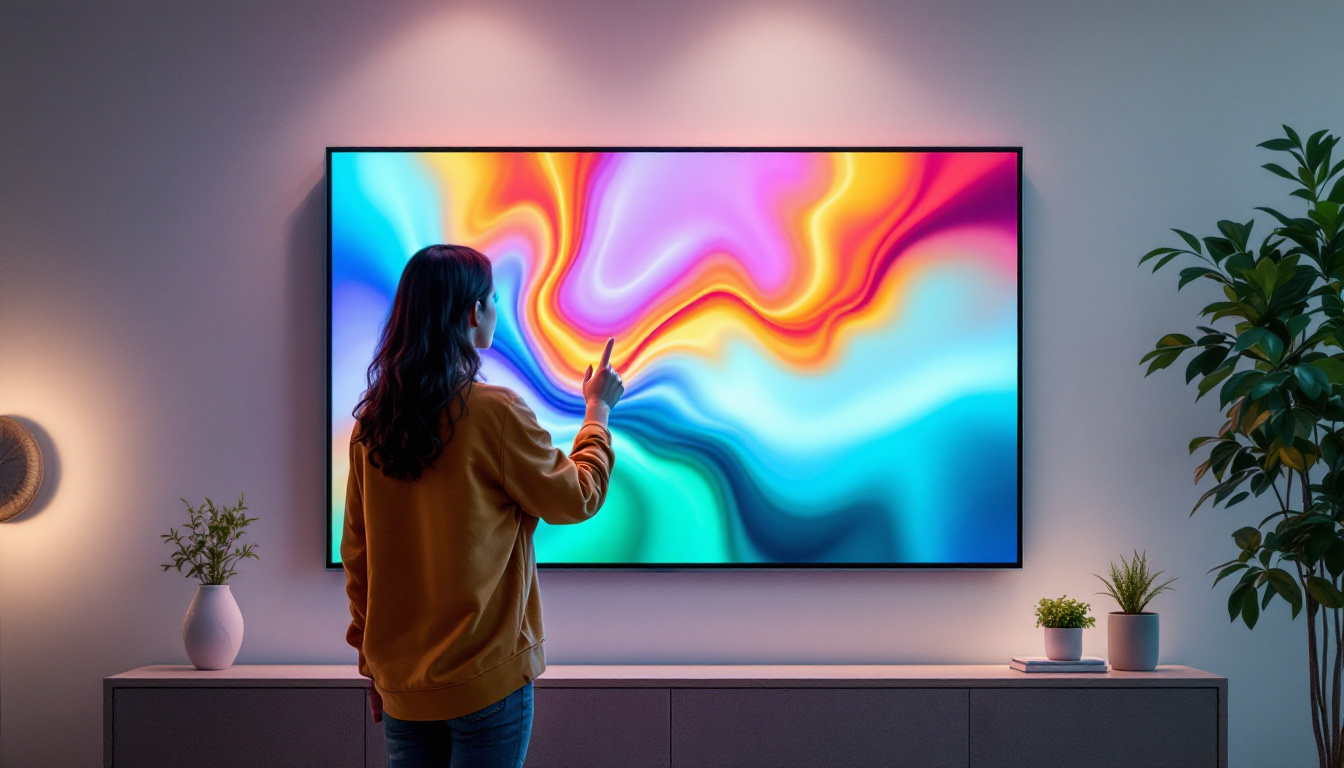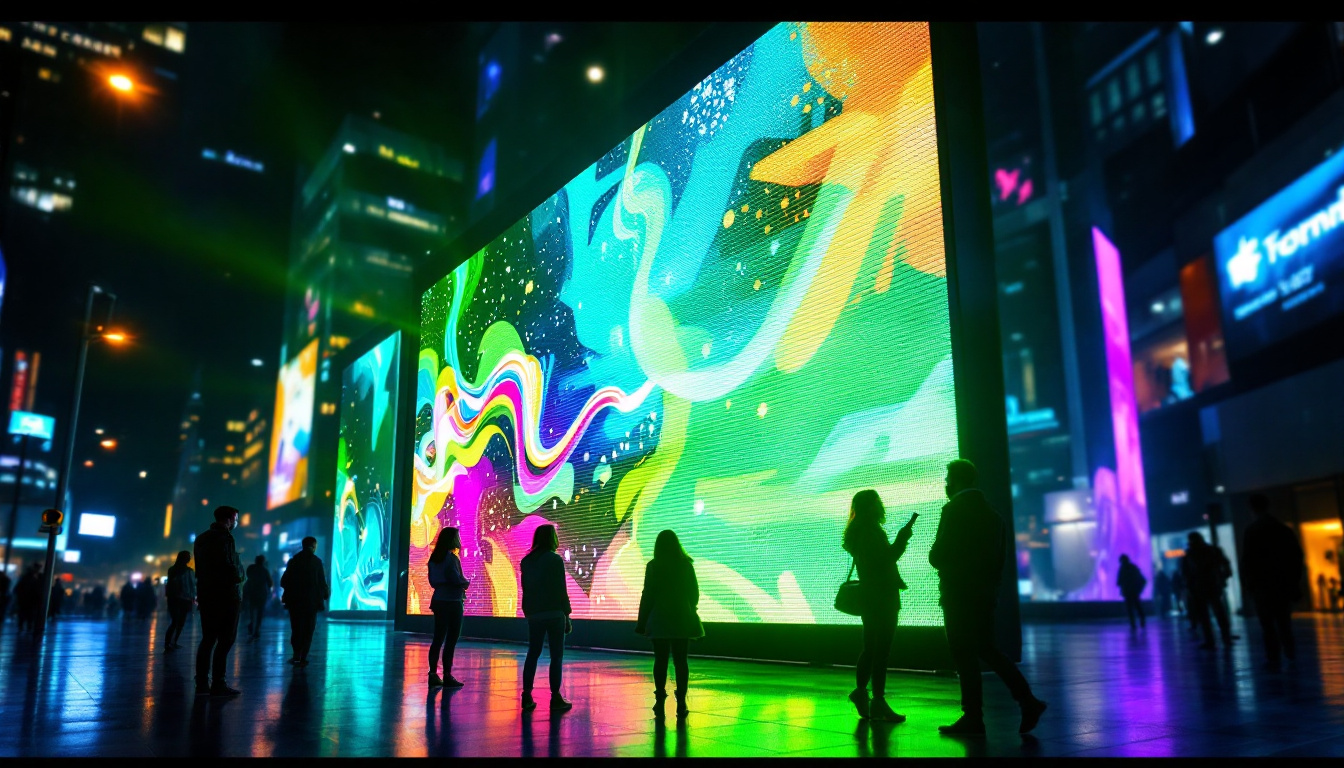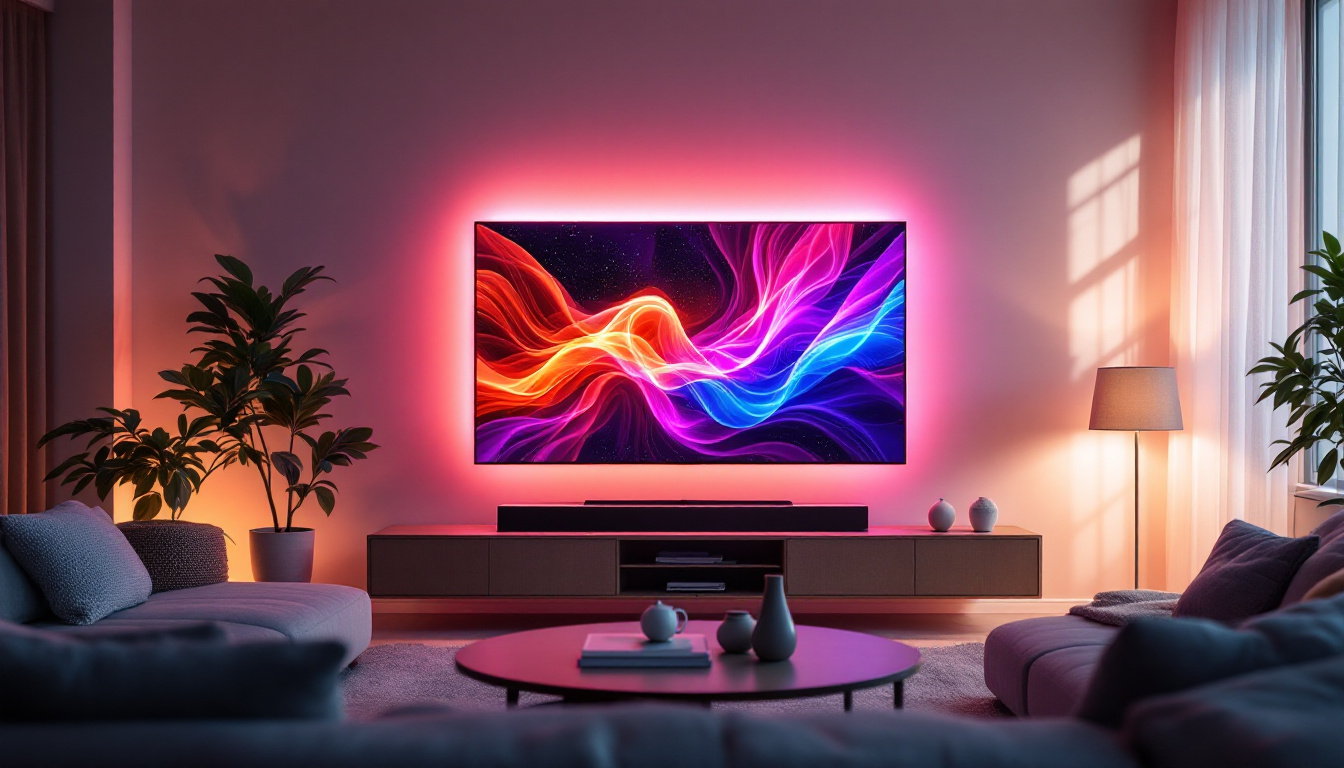Multiple TV Wall Setup: LED Display Explained
The modern world is increasingly leaning towards digital displays for various applications, from advertising to entertainment. One of the most striking and effective ways to utilize this technology is through a multiple TV wall setup. This article delves into the intricacies of LED displays, exploring their benefits, applications, and best practices for creating an impactful visual experience.
Understanding LED Displays
LED (Light Emitting Diode) displays have revolutionized the way visuals are presented. Unlike traditional displays, LED technology offers superior brightness, contrast, and energy efficiency. This section will explore the fundamentals of LED displays, their advantages, and why they are ideal for multiple TV wall setups.
What is an LED Display?
An LED display is a flat panel display that uses light-emitting diodes as pixels for video display. These displays can be found in various sizes and resolutions, making them versatile for different applications. The technology allows for vibrant colors and sharp images, which are essential for capturing attention in crowded environments.
LED displays are typically categorized into two types: direct view and backlit. Direct view LED displays consist of individual LED modules that create the image directly, while backlit LED displays use LEDs to illuminate an LCD panel. For multiple TV wall setups, direct view LED displays are often preferred due to their seamless appearance and flexibility in scaling. This scalability is particularly advantageous for large venues, where a unified visual experience is crucial for audience engagement.
Advantages of LED Displays
LED displays come with a plethora of advantages that make them suitable for multiple TV wall setups. First and foremost, they offer exceptional brightness levels, making them visible even in well-lit environments. This feature is particularly beneficial in retail spaces, conference rooms, and public venues.
Moreover, LED displays have a longer lifespan compared to traditional displays. They are also energy-efficient, resulting in lower operational costs over time. This efficiency is crucial for businesses looking to maximize their return on investment while minimizing their carbon footprint. Additionally, the low heat emission of LED technology reduces the need for extensive cooling systems, further enhancing their cost-effectiveness and sustainability.
Applications of LED Displays
The versatility of LED displays allows them to be used in various applications. From advertising and brand promotions to live event broadcasting and sports arenas, the potential is vast. In corporate settings, multiple TV walls can be utilized for presentations, data visualization, and video conferencing, enhancing communication and collaboration.
In the entertainment industry, LED displays are used for concerts, festivals, and theatrical productions, providing dynamic backdrops that enhance the audience’s experience. Retailers also leverage LED walls to create immersive shopping environments, showcasing products in a visually appealing manner. Beyond these applications, LED displays are increasingly being integrated into smart city initiatives, where they serve as information hubs for traffic updates, public announcements, and emergency alerts, thereby enhancing urban living through improved communication and connectivity.
Furthermore, educational institutions are beginning to adopt LED technology for classrooms and auditoriums. The clarity and brightness of LED displays facilitate better learning experiences, allowing educators to present complex information in engaging ways. This trend is particularly evident in higher education, where interactive displays can foster collaboration among students and faculty, transforming traditional learning environments into dynamic spaces that encourage creativity and innovation.
Designing a Multiple TV Wall Setup
Creating an effective multiple TV wall setup requires careful planning and consideration of various factors. From layout and design to technical specifications, each aspect plays a crucial role in ensuring the setup meets the intended goals. This section will guide you through the essential steps in designing a successful TV wall.
Choosing the Right Location
The first step in designing a multiple TV wall setup is selecting the right location. The chosen space should have sufficient wall area to accommodate the desired number of displays while ensuring optimal viewing angles for the audience. Consideration should also be given to ambient light levels, as excessive brightness can wash out the visuals.
In addition, the location should be easily accessible for maintenance and adjustments. This accessibility ensures that any technical issues can be resolved quickly, minimizing downtime and disruption.
Determining the Configuration
Once the location is established, the next step is to determine the configuration of the TV wall. This involves deciding how many displays will be used and how they will be arranged. Common configurations include a grid layout, where displays are arranged in rows and columns, or a more creative arrangement that follows the contours of the space.
When deciding on the configuration, it is essential to consider the resolution of the displays. Higher resolution displays allow for larger configurations without compromising image quality. Additionally, the aspect ratio of the displays should align with the content being presented to ensure a cohesive visual experience.
Technical Considerations
Technical specifications are critical when setting up a multiple TV wall. This includes the resolution, refresh rate, and connectivity options. High-resolution displays are necessary for detailed images, especially when viewed up close. A refresh rate of at least 60Hz is recommended to ensure smooth video playback.
Connectivity is another vital aspect. The setup should support various input sources, such as HDMI, DisplayPort, and wireless options. Additionally, consider using a video wall processor, which allows for the seamless integration of multiple video sources and content management across the displays.
Installing the TV Wall
With the design and technical specifications in place, the next step is the installation of the TV wall. This process requires precision and expertise to ensure that the displays are mounted securely and aligned correctly. Proper installation is crucial for both aesthetics and functionality.
Mounting Options
There are various mounting options available for TV walls, including fixed mounts, tilting mounts, and full-motion mounts. Fixed mounts are the most common choice for multiple TV walls, as they provide a stable and secure installation. However, tilting mounts can be beneficial in situations where the displays need to be angled for better visibility.
When selecting a mounting option, ensure that it is compatible with the weight and size of the displays. Additionally, the mounting system should allow for easy access to the back of the displays for maintenance and adjustments.
Calibration and Configuration
After the displays are mounted, the next step is calibration and configuration. This process involves adjusting the brightness, contrast, and color settings to ensure consistency across all displays. Calibration is essential for creating a unified visual experience, especially in larger setups where slight variations can be noticeable.
Furthermore, configuring the video wall processor is crucial for managing content across the displays. This includes setting up the layout, input sources, and any desired effects or transitions. Proper configuration ensures that the content is displayed seamlessly and effectively engages the audience.
Content Management for TV Walls
Content is king, and this is especially true for multiple TV wall setups. The effectiveness of a TV wall largely depends on the quality and relevance of the content being displayed. This section will explore strategies for managing and creating compelling content for a TV wall.
Types of Content
There are various types of content that can be displayed on a TV wall, ranging from static images and videos to live feeds and interactive content. For advertising purposes, high-quality promotional videos and dynamic graphics can capture attention and drive engagement.
In corporate environments, displaying real-time data, presentations, and video conferences can enhance communication and collaboration. Additionally, incorporating social media feeds or interactive elements can create a more engaging experience for viewers.
Content Scheduling and Automation
Managing content on a multiple TV wall can be a daunting task, especially in high-traffic environments. Utilizing content management software can streamline this process by allowing for scheduling and automation of content playback. This software enables users to create playlists, set display times, and even monitor performance metrics.
Automation ensures that the content is always fresh and relevant, reducing the need for manual updates. This is particularly beneficial for businesses that want to maintain a dynamic presence without dedicating extensive resources to content management.
Maintenance and Troubleshooting
Like any technological setup, a multiple TV wall requires regular maintenance to ensure optimal performance. This section will outline best practices for maintaining the displays and troubleshooting common issues that may arise.
Regular Maintenance Practices
Regular maintenance is essential for prolonging the lifespan of LED displays. This includes routine cleaning to remove dust and debris, which can affect image quality. Using a microfiber cloth and appropriate cleaning solutions can help maintain the integrity of the displays without causing damage.
Additionally, it is important to monitor the performance of the displays regularly. This includes checking for dead pixels, color inconsistencies, and connectivity issues. Keeping a log of maintenance activities can also help identify patterns and potential problems before they escalate.
Troubleshooting Common Issues
Despite regular maintenance, issues may still arise with a multiple TV wall setup. Common problems include connectivity issues, image distortion, and color mismatches. When troubleshooting, it is essential to follow a systematic approach.
Start by checking all connections and cables to ensure they are secure. If the issue persists, consult the user manuals for the displays and video wall processor for troubleshooting guides. In some cases, reaching out to technical support may be necessary to resolve more complex issues.
Conclusion
A multiple TV wall setup can significantly enhance visual communication and engagement in various environments. By understanding the fundamentals of LED displays, carefully designing the setup, managing content effectively, and maintaining the system, organizations can create impactful visual experiences that captivate their audience.
As technology continues to evolve, staying informed about the latest advancements in LED display technology and content management strategies will ensure that the TV wall remains a powerful tool for communication and marketing. Whether for corporate presentations, advertising, or entertainment, the potential of a multiple TV wall setup is limited only by creativity and innovation.
Discover LumenMatrix’s Innovative LED Solutions
Ready to elevate your space with a cutting-edge multiple TV wall setup? LumenMatrix offers a wide array of LED display solutions tailored to meet your needs. From vibrant Indoor and Outdoor LED Wall Displays to dynamic Vehicle and Sports LED Displays, our technology is designed to captivate and engage. Experience the future of visual communication with our LED Poster Displays, Floor LED Displays, Custom configurations, All-in-One, and Transparent LED Displays. Embrace the power of LumenMatrix and transform your visual storytelling. Check out LumenMatrix LED Display Solutions today and see your vision come to life.

